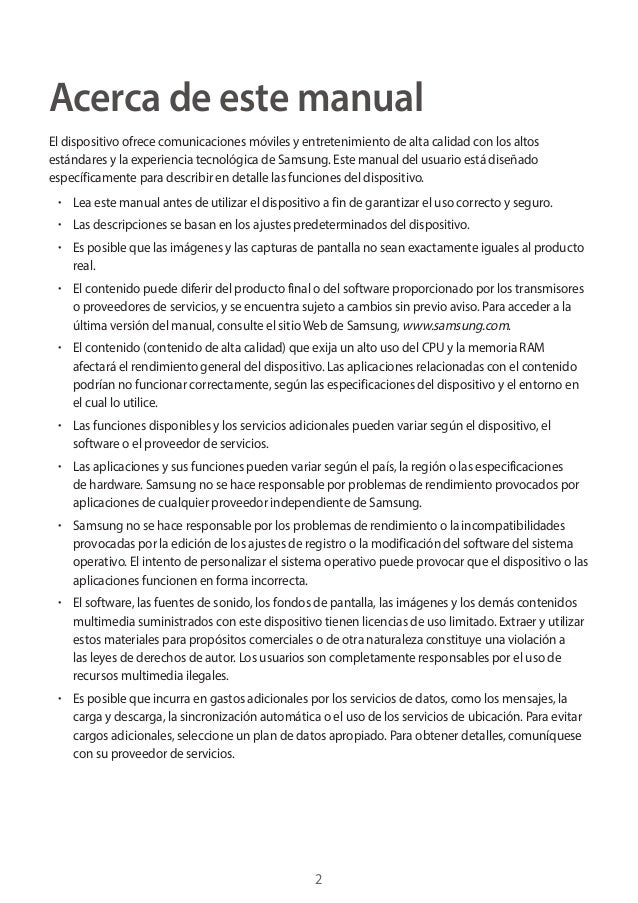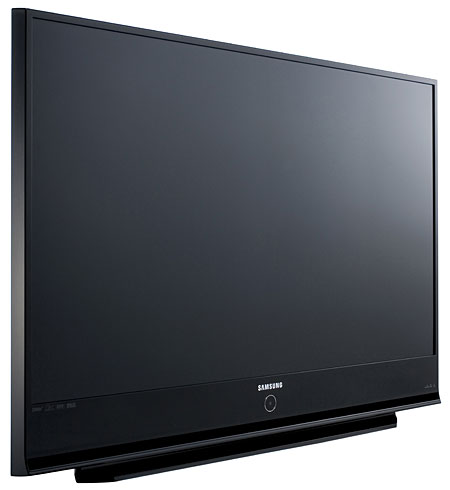Samsung Hlt5687s Manuals

Original Samsung Parts & Accessories. SCREEN CLEANER WITH MICRO CLOTH/ NON SAMSUNG. SERVICE MANUAL.
The DLP chip in your Samsung television is a very fine piece of technology. Texas Instruments describes it as such: 'A DLP chip's micromirrors tilt either toward the light source in a DLP projection system (ON) or away from it (OFF). This creates a light or dark pixel on the projection surface. The bit-streamed image code entering the semiconductor directs each mirror to switch on and off up to ten thousand times per second. When a mirror is switched on more frequently than off, it reflects a light gray pixel; a mirror that's switched off more frequently reflects a darker gray pixel. In this way, the mirrors in a DLP projection system can reflect pixels in up to 1,024 shades of gray to convert the video or graphic signal entering the DLP chip into a highly detailed grayscale image.' When your chip begins to fail (from age or excess heat) these microscopic mirrors stick either on, or off.
This can lead to spots on your TV, either white ones (for those mirrors stuck in the on position) or black ones (where the mirror is stuck off). Usually this begins with one mirror. You'll notice a white or black pixel glaring at you while watching your favorite high-def movie. Slowly, as the chip continues to fail, the spots will spread across the TV until your movies and television are almost un-watchable. The great thing about owning a DLP television is that many of these parts are readily replaceable.

The DLP chip is one of those items. Learn how with this guide! Note that the Samsung TV uses the same Texas Instruments chip across a number of models, and with some Mitsubishi and Toshiba DLP televisions.
Make sure the chip your are buying matches the model number of your TV. It's time to speak out for your right to repair We have a chance to guarantee our right to repair electronic equipment—like smartphones, computers, and even farm equipment. This is a once-in-a-generation chance to protect local repair jobs—the corner mom-and-pop repair shops that keep getting squeezed out by manufacturers.
Samsung Hl T5687s 3d

Join the cause and tell your state representative to support Right to Repair. Tell them you believe repair should be fair, affordable, and accessible. Stand up for your right to repair!
Everyone, it seems, wants a flat panel television these days. Not to hang on the wall mind you—studies show that most buyers use them on a stand—but because they're, well, cool. While the rear projection set has fallen on slow times on the sales floor, most manufacturers, including Samsung, make both flavors of one-piece video displays. There are good reasons for this.
The new rear projection displays are far smaller, lighter and shallower, than the old CRT space hogs. But, more importantly, they are still cheaper, per inch of screen area, than flat panels. And rear projection sets are coming up with their own, new, technical innovations. Samsung's HL-T5687S ($2,599) employs DLP imaging, a technology not available to flat panels.
DLP, of course, isn't particularly new in digital displays. But what is new here is the light source. This Samsung, like its stable mates in the 87S series, employs LEDs as a light source rather than the usual projection lamp.
LED Up My Life Since LED lighting is the full-house technology in this particular Samsung set, we'll begin there. One of the claims made for LEDs is a wider color gamut than more conventional light sources. While this may be true, the more important consideration is whether LEDs can provide an accurate color gamut—one that conforms to the high-definition ATSC color space as closely as possible. While manufacturers can—and do—use an expanded color space as a selling point, the fact remains that wider than standard color points distort all the colors produced by a set.
Fortunately, the Samsung can be set up for more accurate colors than it delivers out of the box—though even the latter are above average in accuracy—if you choose the right Color Gamut. LED lighting also eliminates the color wheel used in lamp-based, DLP displays.
Can this eliminate the rainbow effect that has been a persistent issue with single-chip DLP designs? At least in this Samsung set, it does not. Opel zafira diesel repair manual 2016. I still see rainbows here (though I admit to being very sensitive to them—some people aren't). Rainbows from here are caused by the sequential, rather than simultaneous, flashing of the primary colors. All single-chip designs require sequential color display, relying on the viewer's persistence of vision to knit them all together. Rather than segments on a color wheel, it's the red, green, and blue LEDs that flash in sequence in this design.
Samsung Hl T5687s
However, according to Texas instruments, a key improvement over a color wheel implementation is that the LEDs can be turned on in any order and for any length of time depending on the program material. There are, however, at least two very real benefits to LED lighting. It turns on and off nearly instantaneously. No more waiting until Tuesday for a lamp to warm up at turn-on or cool down at turn-off. Plus, in theory at least, LEDs should last the life of the set. You won't be faced with the $350 (or thereabouts) lamp replacement cost that a set with a conventional UHP lamp will demand after about 2,000 hours.
And though some manufacturers claim longer life than that, lamps do dim progressively with age. While no one has enough experience with LED lighting to say for certain how reliable it will be over time in the field, the technology certainly has a lot of promise. Around the Block All of the Samsung's connections are conveniently located on an angled panel at the side of the set. There are sufficient inputs for most applications, including three HDMI connections (one with a L/R audio input for HDMI with no audio, such as from a source with a DVI rather than HDMI output), two component, VGA for a computer, and Wiselink (for viewing or listening to JPEG video and MP3 audio files stored on a flash drive or other mass storage device). There are two numbered inputs for composite and S-Video, each with both a composite and an S-Video jack and a set of L/R analog audio connections. But you can use only one of these legacy sources at each input. In other words, the total number of composite and/or S-Video sources you can connect to the set at any given time is two.
There is also an RS-232 connection for service only, a set of analog AV outputs (composite video and L/R audio), and a Toslink optical digital output for routing the sound from the onboard NTSC and ATSC tuners to an external home theater system. There is no CableCARD capability. There is also a jack labeled 3D Sync Out. This for an application that's so new it isn't explained in the manual, which merely refers you to the Samsung website. The set is apparently capable of 3D operation with the right sort of program material (time-sequential stereoscopic images) using Liquid Crystal Shutter (LCS) 3D glasses, presumably coordinated by a computer. The program material available for this is apparently very limited—at least on the movie side—so I won't attempt to explain this feature further here.
It was not tested for this review, but if you want to know more, Google 3D DLP and knock yourself out. The Samsung's remote control can control four other components, once programmed with the proper codes. It's actually very similar to the remote for the that I reviewed recently. That is, it's comfortable to hold, and the most-important buttons are reasonably large and spaced so that it's easy to hit the right one—in a well-lit room, that is. Only five of its buttons are illuminated (Chapter and Volume up and down, plus the button for the device currently being controlled). And you can't select inputs directly; you call up a list of active inputs and select the one you want.